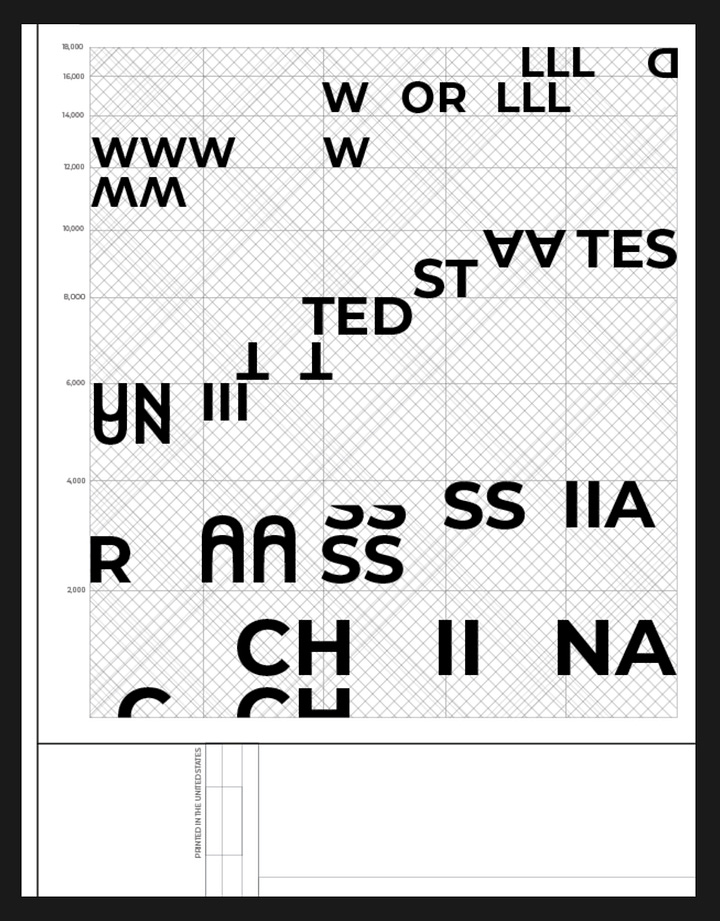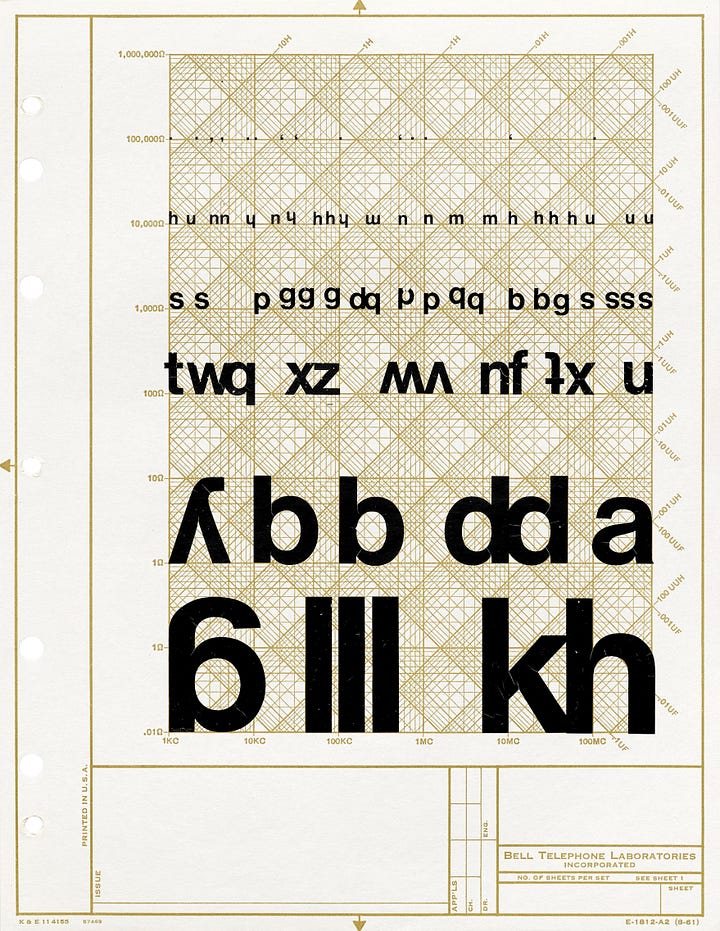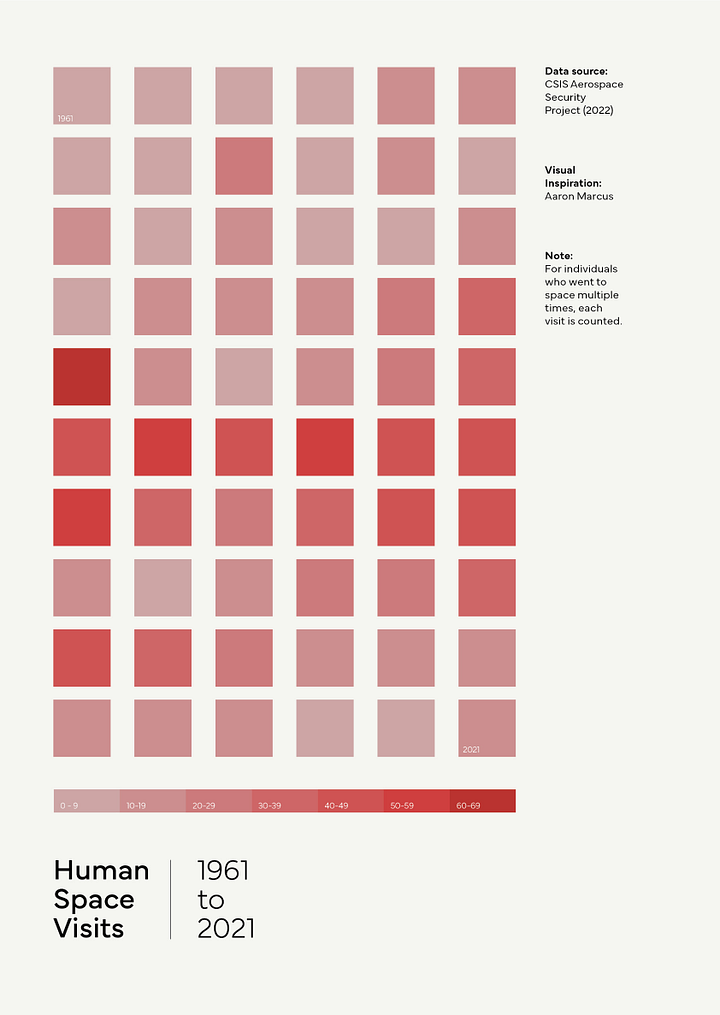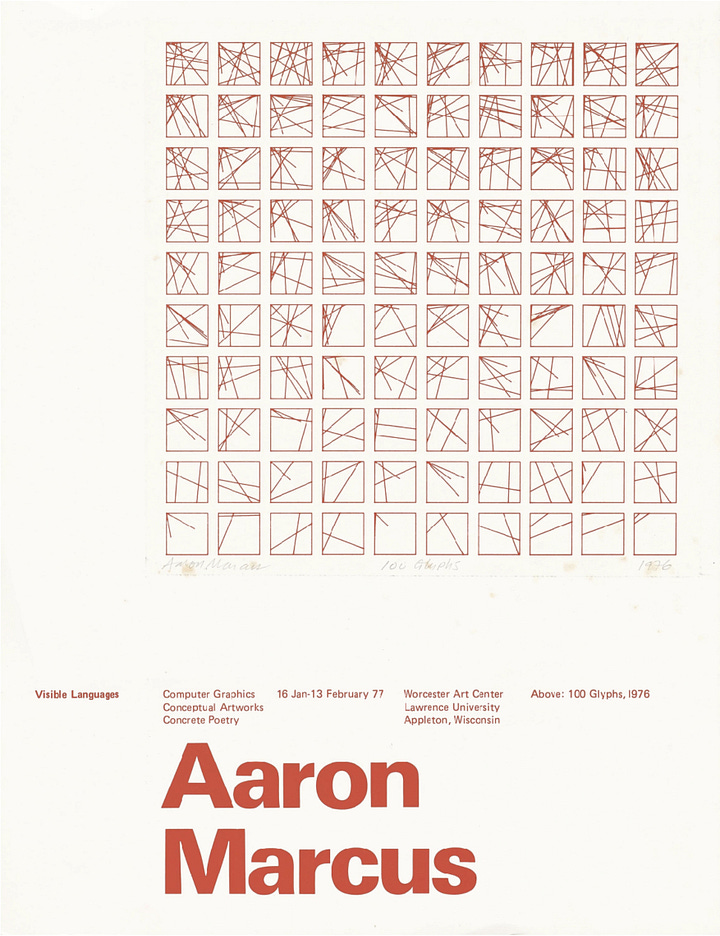Are we scientists?
Part 3: Questioning the role of failure and success in the design process
Last week, during a faculty meeting, a question was posed that has stuck with me: Are we scientists? It’s a simple question without a simple answer.
In some ways, we’re alike. Like scientists, designers observe, experiment, iterate, and often deal with uncertainty. Our tools—whether software or sketchbooks—serve as instruments of discovery, much like the instruments scientists use to probe the mysteries of the universe. We hypothesize, we test, we revise, and through our process, we try to uncover deeper truths—about users, society, or even the very nature of design itself.
How do we differ? The answer may lie in our relationship to failure and success. While scientific research often seeks clear, objective truths, design operates in shades of gray. We’re less focused on definitive answers and more interested in the exploration of ideas. Our “successes” are often subjective, informed by aesthetic choices, social context, and the emotional response of the audience.
This week, my students explored this intersection of design and science through the work of Aaron Marcus, a pioneer in the field of information design whose style of data visualization relies on clarity, structure, and a deep understanding of the data. The task was to find a dataset and interpret it in Marcus’s style, creating a visualization that was not only engaging but also accurate and meaningful.


Afterward, we had a discussion on originality. As designers, how do we balance the need for creative expression with the importance of clarity and functionality? Are we striving for something entirely new, or are we more concerned with uncovering and presenting truths—much like scientists do, but in our own creative way?


In the traditional sense, I’m not sure that designers are scientists. But like them, we question, experiment, and refine. We trust the process, and in doing so, we uncover new ways to see and understand the world.
This is the third in a series documenting our experimental work in Typographic Systems. Follow along as we continue to explore the intersections of design, science, and artificial intelligence.



